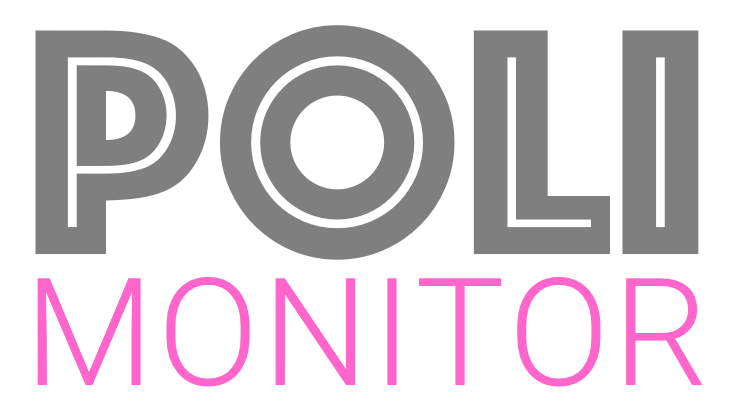Knowledge is power(ful)
Many moons ago, I helped write a guide to knowledge management in the Public Sector.
The idea was fairly simple … that knowledge comes from a deep understanding of information, which in turn comes from aggregated data. We used the example of a train timetable - the arrival and departure times for individual stops are raw data, which can be combined together into information about frequency on particular lines, which in turn leads to knowledge about the network as a whole and means you can plan a journey from Godalming to Glasgow.
Lately I’ve been thinking about how this is relevant to the public affairs sector … and in particular the public affairs value chain. In particular this week, because there is a lot of buzz about an AI summit … and AI is playing a big part in how we at PoliMonitor are building that value chain.
It all starts with raw data, which in PoliMonitor terms is an alert, triggered by a set of keywords. At this level, what matters is accuracy and speed. We don’t want to miss anything important, we don’t want to bombard clients with spurious alerts and we want to give people as much time as possible to take effective action - which means getting our alerts to them in real-time. Recent advances in technology (many of which are AI driven) mean that it is now possible for us to live-transcribe dozens of parliamentary events simultaneously and scan the results for relevant keywords. This is incredibly powerful, but also runs the risk of being overwhelming if not handled carefully.
Over time, streams of data can paint a picture about who is interested in a particular topic and what they are saying. A lot of our clients use the search functionality we provide to get a historical overview of a topic, in order to inform their public affairs strategies - including bread and butter activities like stakeholder mapping. The context provided by these streams of data can also be used to train computers (yes, AI again) to turn transcripts into something more digestible … which can also be fine-tuned to the needs of a particular client. The summaries that come out of the computer are really good (and really quick to produce), but we still use human experts to edit them before they are sent to clients. At this point in the development of AI technology, human knowledge and expertise can still outperform AI at the highest levels of added value … even though the machines outperform humans at the lower levels. Having a human in the loop also mitigates some of the issues that this week’s AI summit will (hopefully) be discussing, such as bias, reliability and confidence.
There is a final step in the value chain - what our clients do with the information we send them. Public affairs professionals have extensive knowledge of parliamentary procedures, the people involved, campaigns that have worked in the past … and apply this knowledge to information as it comes in, taking effective action as a result. Automating (and outsourcing) the lower-level activities of monitoring/transcription/highlighting/summarisation means that people in public affairs can spend more time on high-value activities, putting their hard-earned knowledge into practice.
Combining automation of the data and information levels with professional insight can be incredibly powerful and very efficient. What previously took days can now be done in minutes or hours, which in turn means that action can be taken more quickly - and more effectively.
This new value chain isn’t something that is coming soon … it is already here. It’s incredibly powerful and our clients are using it.
